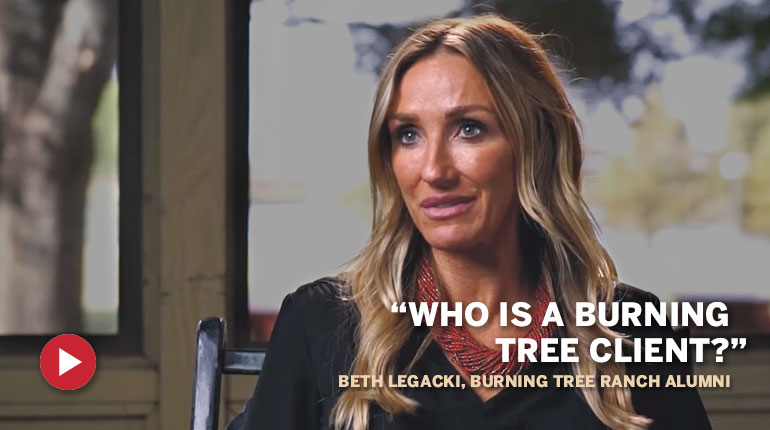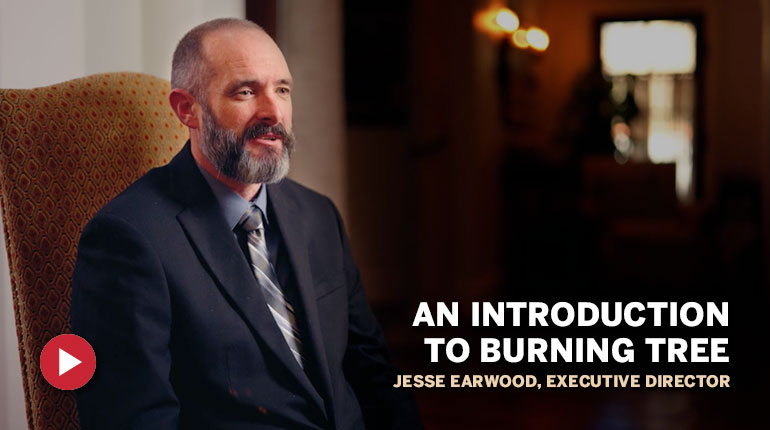Sleep-Wake Disorders in a Dual Diagnosis with Substance Use
The relationship between sleep-wake disorders and substance abuse is complex and bidirectional, with each condition potentially exacerbating the other. Research has consistently shown a higher prevalence of sleep disorders among individuals with substance use disorders compared to the general population.
Sleep-Wake Disorder: A DSM-5 Overview
The DSM-5 (Diagnostic and Statistical Manual of Mental Disorders, Fifth Edition) classifies sleep-wake disorders into several categories, focusing on the nature of the sleep disturbance and its impact on physical, mental, and emotional functioning.
These disorders are characterized by problems with the quality, timing, and amount of sleep, which can result in daytime distress and impairment in functioning.
Sleep-wake disorders affect individuals by disrupting standard sleep patterns, leading to significant distress and impairment in social, occupational, or other important areas of functioning. The lack of restorative sleep can contribute to a wide range of psychological issues, including mood disorders, anxiety, and cognitive impairments.
Physically, poor sleep quality and sleep deprivation can lead to cardiovascular, metabolic, and immune system problems, highlighting the importance of diagnosing and treating these conditions effectively.
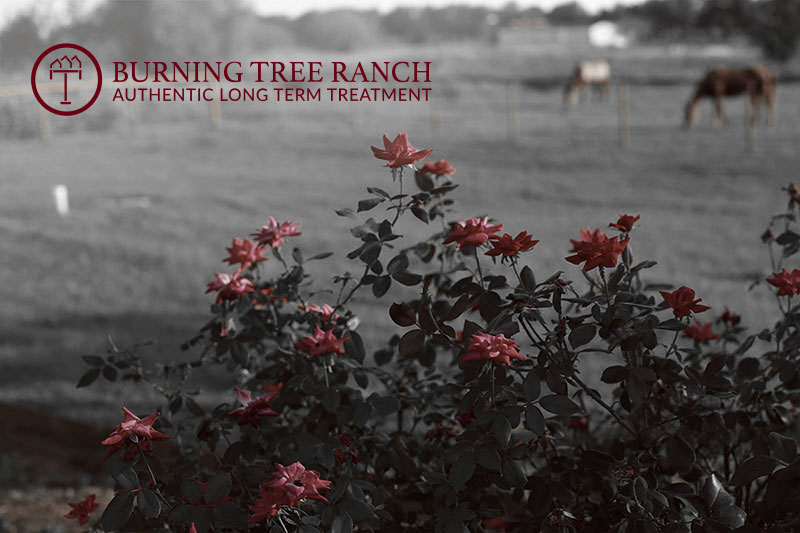
Sleep-Wake Disorders in the DSM-5
Insomnia Disorder
This involves difficulty initiating or maintaining sleep. Individuals with insomnia often struggle to fall asleep, stay asleep, or wake up too early and are unable to return to sleep. Example: A person lying awake until 3 a.m. because they can't fall asleep despite being tired.
Hypersomnolence Disorder
Characterized by excessive sleepiness despite a main sleep period lasting at least seven hours. People with this disorder may have recurrent periods of sleep within the same day, prolonged main sleep episodes, or difficulty being fully awake after abrupt awakening. Example: Someone who sleeps 10 hours at night but still needs several naps during the day.
Narcolepsy
A condition marked by recurrent episodes of an irrepressible need to sleep, lapsing into sleep, or napping occurring within the same day. Narcolepsy is often accompanied by sudden muscle weakness (cataplexy) accompanied by strong emotions. Example: A person suddenly falling asleep during a conversation or feeling their knees buckle with laughter.
Breathing-Related Sleep Disorders
This category includes sleep disorders where breathing is disrupted during sleep, such as obstructive sleep apnea hypopnea, and central sleep apnea. These disorders can lead to disturbed sleep and excessive daytime sleepiness. Example: Someone with obstructive sleep apnea who experiences frequent awakenings due to pauses in breathing.
Circadian Rhythm Sleep-Wake Disorders
Disorders characterized by a persistent pattern of sleep disruption primarily due to alterations in the circadian system or to a misalignment between the endogenous circadian rhythm and the sleep-wake schedule required by an individual's physical environment or social or professional schedule. Example: A shift worker struggling to sleep during the day and stay awake at night.
Parasomnias
These are disorders of arousal, partial arousal, or sleep stage transitions. They include conditions like nightmare disorder, sleep terror disorder, and sleepwalking disorder. Parasomnias often involve complex behaviors or abnormal experiences during sleep. Example: A child experiencing recurrent episodes of waking up screaming, with intense fear but no recollection of the nightmare the following day (sleep terror disorder).
Common Misconceptions About Sleep-Wake Disorders
Sleep-wake disorders are often misunderstood, leading to misconceptions that can prevent those affected from seeking necessary treatment. Here are some common myths:
- Insomnia is just trouble falling asleep: Insomnia also includes problems staying asleep or waking up too early, not just difficulty falling asleep.
- Excessive daytime sleepiness equals laziness: This symptom can indicate a severe sleep-wake disorder like hypersomnolence or narcolepsy, not a lack of effort or motivation.
- Snoring is always harmless: While often seen as a mere annoyance, snoring can be a sign of obstructive sleep apnea, a condition that requires medical attention.
- Sleep disorders are rare: These conditions are quite common, affecting a significant portion of the population at some point in their lives.
- Only adults suffer from sleep disorders: Children and adolescents can also experience sleep-wake disorders, impacting their development and daily functioning.
These misconceptions contribute to the stigma surrounding sleep-wake disorders, hindering early detection and treatment. Understanding these disorders’ true nature and impact is essential for improving health outcomes and quality of life for those affected.
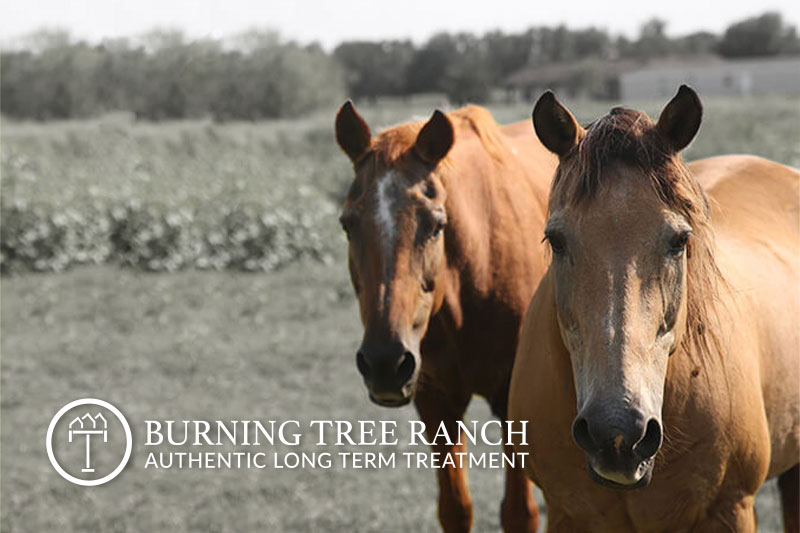
The Diagnostic Dilemma: Substance Abuse Misinterpreted as Depression
Substance abuse and depressive disorders often present with overlapping symptoms, leading to potential misdiagnosis. Here’s how they can be confused:
Overlapping Symptoms:
- Mood Changes: Both may exhibit persistent sadness or emotional instability.
- Sleep Disturbances: Insomnia or excessive sleeping can occur in both conditions.
- Appetite Changes: Increased or decreased appetite and corresponding weight changes.
- Loss of Interest: Diminished interest in previously enjoyed activities.
Substance-Induced Symptoms:
- Withdrawal: Substances like alcohol or opioids can cause depressive symptoms during withdrawal, mimicking depression.
- Substance Use: The use of drugs such as cocaine can lead to euphoria followed by significant depressive episodes.
Diagnostic Challenges:
- Disclosure: Individuals might not report their substance use, leading clinicians to focus only on the depressive symptoms presented.
- Recognition: The effect of substances on mood may not be immediately recognized by the individual, attributing their feelings solely to a depressive disorder.
Examples:
- An individual using alcohol heavily may experience depressive symptoms as the effects of alcohol wane, which could be mistaken for a primary depressive disorder.
- Someone using stimulants like amphetamines might exhibit high energy and euphoria followed by crashes that present as depression.
Accurate diagnosis requires a comprehensive assessment, including a detailed substance use history, to distinguish between a primary depressive disorder and substance-induced mood changes.
Prescription Pitfalls: The Risky Road of Treating Sleep-Wake Disorders
Prescription medications for sleep-wake disorders, while effective, come with their own set of risks, including the potential for dependence and addiction. Here’s a closer look at these concerns:
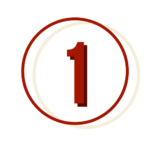
Dependence
Some sleep medications, particularly those classified as benzodiazepines (e.g., lorazepam, diazepam) and non-benzodiazepine sleep aids (e.g., zolpidem, eszopiclone), can lead to physical dependence. This means that over time, the body may become accustomed to the drug’s presence, and stopping it abruptly can cause withdrawal symptoms.
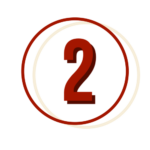
Dependence
The risk of addiction, or the compulsive use of a drug despite harmful consequences, is also a concern with some sleep medications. This is more likely when medications are used in a way not prescribed by a healthcare provider, such as taking higher doses or using them for more extended periods than recommended.
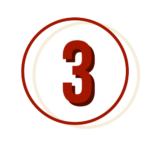
Tolerance
Over time, the body may require higher doses of the medication to achieve the same sleep-inducing effect, a phenomenon known as tolerance. This can escalate the risk of dependence and addiction.
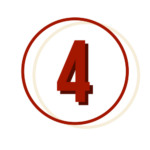
Side Effects
Besides dependence and addiction, sleep medications can have side effects ranging from mild (e.g., dizziness, headache, daytime drowsiness) to severe (e.g., allergic reactions, memory problems, complex sleep-related behaviors like sleepwalking, eating, or driving while not fully awake).
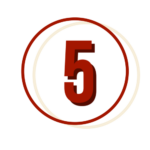
Masking Underlying Conditions
Relying on prescription sleep aids can sometimes mask underlying issues contributing to sleep disturbances, such as mental health disorders or poor sleep hygiene, delaying appropriate treatment.
It’s crucial for individuals prescribed these medications to use them under strict guidance from a healthcare provider, who can monitor for signs of misuse and adjust treatment as necessary. Alternatives like cognitive behavioral therapy for insomnia (CBT-I) are also recommended as first-line treatments due to their effectiveness and absence of dependency risks.
Bidirectional Influence: Sleep-wake Disorders Substance Use Symptoms
The relationship between sleep-wake disorders and substance abuse is complex and bidirectional, with each condition potentially exacerbating the other. While specific rates can vary depending on the population studied and the substances involved, research has consistently shown a higher prevalence of sleep disorders among individuals with substance use disorders compared to the general population. For instance, insomnia rates can be significantly higher in those with alcohol dependence, and individuals using stimulants may experience severe disruptions in sleep patterns.
Diagnostic Challenges in the Context of Substance Use
- Overlapping Symptoms: Substance use can mimic or exacerbate symptoms of sleep-wake disorders, making it challenging to distinguish between the two. For example, stimulant use can lead to insomnia, while alcohol use can cause symptoms similar to sleep apnea.
- Withdrawal Effects: Withdrawal from substances like alcohol and opioids can significantly impact sleep patterns, leading to symptoms that may be mistaken for a primary sleep disorder.
- Underreporting of Substance Use: Patients may not fully disclose their substance use, leading to incomplete clinical pictures and potential misdiagnosis.
- Variability in Substance Effects: Different substances affect sleep architecture and quality differently. For example, while alcohol may initially induce sleepiness, it can lead to fragmented sleep and increased wakefulness in the second half of the night.
- Impact on Treatment: Substance use can interfere with the effectiveness of treatments for sleep-wake disorders. Medications for sleep disorders may have interactions with substances of abuse, reducing their efficacy or leading to adverse effects.
- Complicated Treatment Adherence: The presence of a substance use disorder can complicate adherence to treatment regimens for sleep-wake disorders, as the individual may prioritize substance use over treatment adherence.
Given these challenges, a comprehensive assessment that includes a detailed substance use history is crucial for accurately diagnosing and treating sleep-wake disorders in individuals with substance use disorders. Often, treating the substance use disorder can lead to improvements in sleep-wake disorder symptoms, highlighting the importance of an integrated approach to treatment.
Navigating Sleep Health: Essential Reads on Sleep-Wake Disorders
For those seeking reputable sources on sleep-wake disorders, the following books are highly regarded in the field of sleep medicine and offer comprehensive insights into various sleep disorders, including their diagnosis, management, and treatment.
These books are authored or edited by leading experts in the field of sleep medicine and provide valuable knowledge for healthcare professionals, researchers, and even patients looking to understand more about sleep-wake disorders and their management.
"Principles and Practice of Sleep Medicine"
by Meir H. Kryger, Thomas Roth, and William C. Dement
This textbook is a staple in sleep medicine, providing an in-depth look at the full spectrum of sleep disorders. Practitioners and researchers widely use it for its thorough coverage and evidence-based approach.
"The Oxford Handbook of Sleep and Sleep Disorders"
edited by Charles M. Morin and Colin A. Espie
A comprehensive resource that offers a detailed overview of sleep medicine, including sections on sleep-wake disorders. It combines research, clinical practice, and theoretical approaches to sleep health.
"Sleep Disorders Medicine: Basic Science, Technical Considerations, and Clinical Aspects"
by Sudhansu Chokroverty
This book covers the science and clinical practice of sleep medicine, including detailed discussions on sleep-wake disorders. It's known for its clarity and depth, making it useful for clinicians and trainees.
"Treatment Plans and Interventions for Insomnia: A Case Formulation Approach"
by Rachel Manber and Colleen E. Carney
While focused on insomnia, this book offers valuable insights into sleep-wake disorders, providing evidence-based strategies for assessment and treatment. It's practical for clinicians looking to enhance their therapeutic approaches.
"Cognitive Behavioral Treatment of Insomnia: A Session-by-Session Guide"
by Michael L. Perlis, Carla Jungquist, Michael T. Smith, and Donn Posner
This guide details cognitive-behavioral therapy approaches for treating insomnia, which is often a component of or associated with other sleep-wake disorders. It's a practical manual for practitioners implementing CBT for insomnia in their practice.
Addressing the Unique Needs of the Individual
Final Words for Families Considering Long-Term Treatment
The complex relationship between sleep-wake disorders and substance abuse complicates diagnosis and treatment, with overlapping symptoms and the impact of substance use on treatment outcomes.
Effective management requires a comprehensive approach, integrating treatment for both conditions. Recognizing these challenges is essential for healthcare professionals to develop tailored interventions that address the unique needs of affected individuals.
